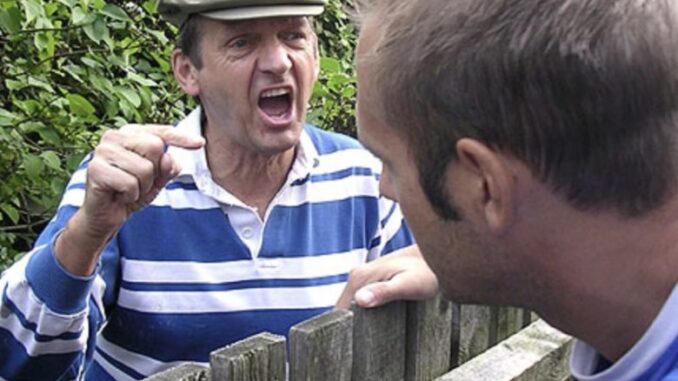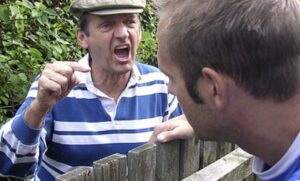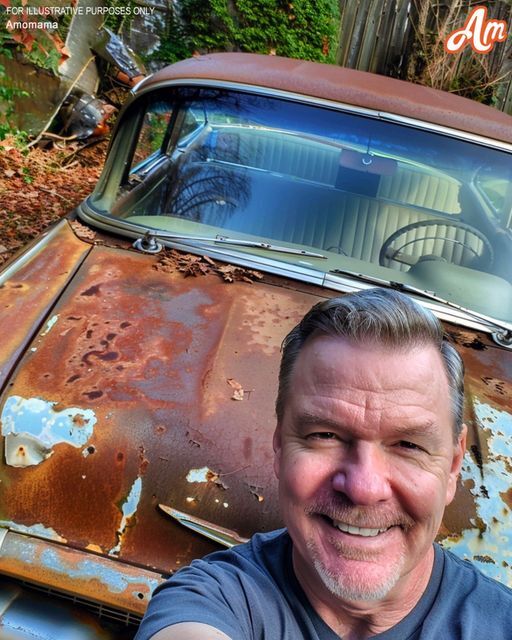
My father’s old ’67 Chevy Impala wasn’t just an oxidized relic to me, but my neighbors perceived it differently. What began as a dispute over a visual nuisance unfolded into unexpected changes, transforming our serene suburban lane in unforeseen ways.
I took possession of a battered ’67 Chevy Impala from my father. To most, it appeared as nothing more than a corroded vehicle, yet for me, it held memories of my father and represented a restoration project I was eager to undertake. The car remained parked in my yard, as my garage was already filled with various tools and parts.
I acknowledged its unsightly condition, but I was gathering resources and time to refurbish it. My neighbors, however, viewed it through a critical lens.
One bright afternoon, while inspecting the Impala, memories of my father, Gus, instructing me on an oil change surged back. His mustache quivered with a smile.
I pondered briefly, then proposed, “I’ll dismantle the fence on one condition. Agree to cease complaints about the car while I restore it. Deal?”
Reluctantly, they consented. As they dispersed, their murmurs filled the air.

The following day, as I dismantled the fence, curiosity from neighbors grew. Tom approached, discussing the car’s potential and even offering help.
“What year is it?” he inquired.
“A ’67,” I replied, pleased to share.
Tom’s offer to assist marked the beginning of community interest in my project. Neighbors began visiting, contributing advice and support.
One morning, as I worked on the engine, Karen approached, her demeanor a mix of discomfort and curiosity.
“So, this is the infamous car, huh?”
“Yes, this is her,” I responded, cleaning my hands.
Karen examined the engine, her interest genuine. “I admit, I’m not well-versed in cars. What are you working on?”
As I explained, more neighbors gathered, their engagement turning the gathering into a spontaneous block party, complete with refreshments and shared stories of automotive nostalgia.
As dusk fell, the atmosphere was warm and communal. Even Karen seemed to enjoy herself.
“You know,” I addressed the group, reflecting on my father’s words, “a car is more than a machine. It’s a story on wheels. He’d be thrilled to see the stories this old girl has inspired today.”
Agreement and toasts ensued. Looking around at the now-friendly faces, I realized the initially troublesome car had united us.
The restoration journey promised enjoyment, possibly culminating in a neighborhood classic car parade.
Raising my glass, I toasted, “To good neighbors and great cars.”
Cheers filled the air, and as the camaraderie continued, I mused that the finest restorations often involve more than just vehicles; they rebuild communities.
